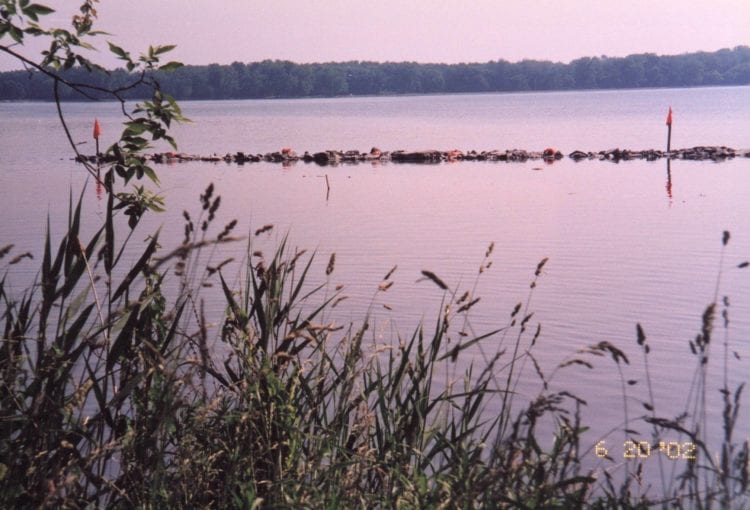Restoration
 OEI works for ecological restoration to improve economic, social and environmental conditions.
OEI works for ecological restoration to improve economic, social and environmental conditions.
The OEI is dedicated to ecosystem protection and preservation, decentralized systems and alternate energy sources, and a sustainable human society. The OEI administers and participates in projects pertaining to habitat enhancement or restoration, oftentimes through point or non-point source (NPS) pollution prevention, reduction, or control. Point source projects mitigate or eliminate effects of effluent discharge, fugitive emission, or leachate as a result of industrial, transit, municipal, and/or residential release. NPS pollution control projects are designed to reduce storm water runoff, sediment, nutrient, fertilizer, pesticide, and other contaminant loads from diffuse rural, urban and industrial origins. Habitat restoration projects are predicated on restoring the ecological integrity of waterways and surrounding lands through re-establishment of contiguous bio-geographical habitat corridors for indigenous aquatic and terrestrial organisms. The reintroduction of native fish and wildlife is a priority of OEI.
Below are some of OEI’s related projects.
Crooked Canal Wetland Retention Project: Conceptual Plan
Directional Drill Project (Series)
Great Lakes Restoration Initiative (GLRI): Improving Aquatic Habitat Connectivity in the Onondaga Creek Watershed for Coldwater Species Restoration, Tully, NY
Riparian Restoration of the Ley Creek Watershed (Onondaga County, NY)
Sustain Our Great Lakes – Restoring Native Brook Trout in Onondaga Creek (NY) – Phases I and II
Tully Valley Groundwater Well Installation Request for Proposal
